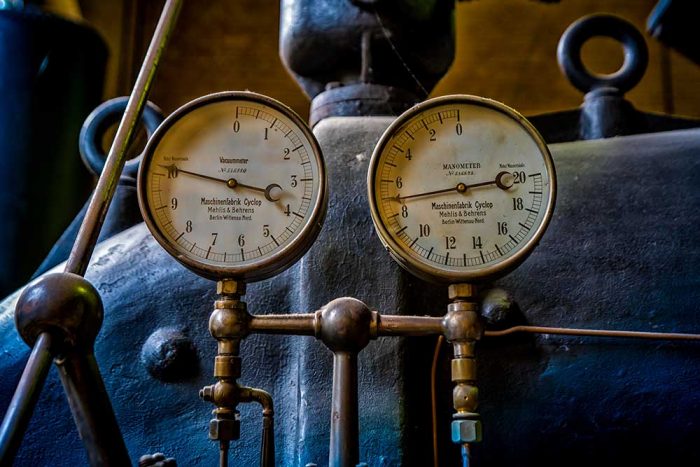When you buy a stereo system, it is hard to imagine that air gages are used in the process of packaging your new device. Most people regard air gages as precision instruments being used in automotive factories and other heavy industries. Air gages, however, are pretty versatile and you will find them in use in a variety of places including the manufacture of Styrofoam end caps. Here’s how air gages are used to verify the quality of these end caps.
When you buy a stereo system, it is hard to imagine that air gages are used in the process of packaging your new device. Most people regard air gages as precision instruments being used in automotive factories and other heavy industries. Air gages, however, are pretty versatile and you will find them in use in a variety of places including the manufacture of Styrofoam end caps. Here’s how air gages are used to verify the quality of these end caps.
What is Styrofoam?
Styrofoam is also known as polystyrene is a
polymer that is found in a variety of products. It is typically used as a form
of packaging as the material is light and strong. This allows manufacturers to
ship delicate products safely without increasing their costs of shipping.
Depending on what is being shipped, manufacturers can easily vary the characteristics
of the polymers. This is why some of these materials are rock hard while others
are soft and crumbly.
When manufacturers are doing this, they are
often checking on whether the polymer will hold the weight of the product. At a
microscopic level, this processing, known as bonding, ensures that there is no
air between the beads that make up the polymer.
The less air there is, the tighter the beads bond together and the
stronger the polymer becomes.
Role of Air Gaging
This is where air gaging comes into play. By
running pressurized air through the beads, the manufacturers can figure out how
much space there is between the beads. This, in turn, helps them to determine
how strong the polymer is. By applying pressurized air, one can then observe
the back pressure on the air gage. If there are lots of gaps between the beads,
the backpressure will be reduced as the air is flowing through freely. If the
bonding is tight, then the back pressure is higher as there are fewer gaps for
the air to pass through.
Over time, these technicians know the
reference standards that tell them how tightly bound a polymer is. Backpressure
readings from the gages are then compared to these references and inferences
can then easily be drawn from the data.
Verifying the Flatness of Styrofoam Packaging
Machine operators can also know how the mold
matches up with the surface. If a part of the product is flat, then the molding
surface should also be flat as well where the product will lie. The path of the
airflow helps them to determine how flat a surface is. Here, they use an
open-air probe with a flat surface. If the surface is not completely flat,
there will be gaps between the probe and the surface. This, in turn, will lead
to air escaping and will be reflected in the ensuring backpressure.
If you are looking for high-quality air gages, Willrich Precision Instruments has exactly what you need. We have been supplying a variety of industries with precision instruments for the last four and a half decades. We offer excellent after-sales support and you can always count on our superb customer service.





